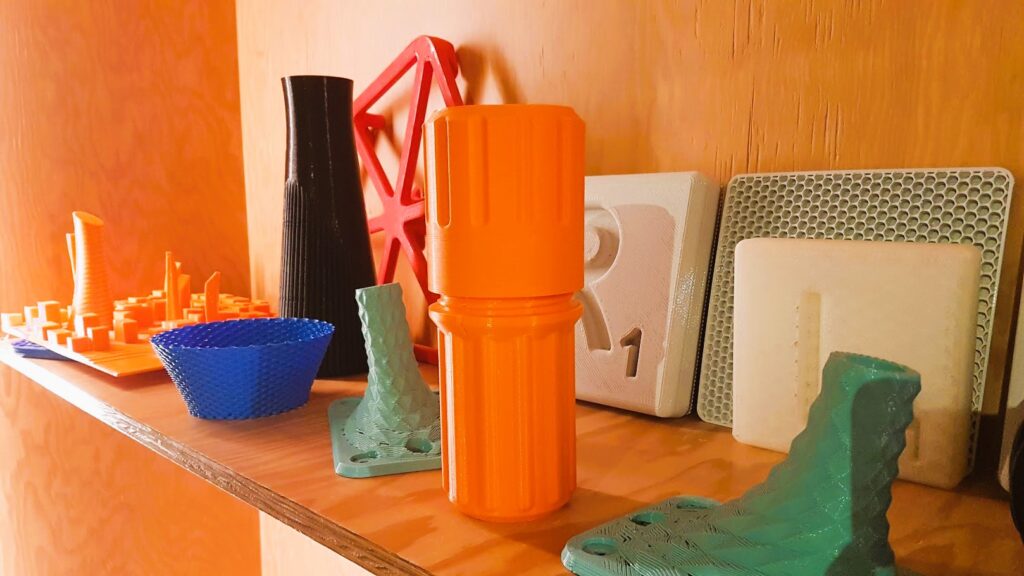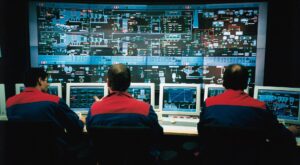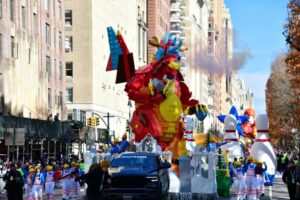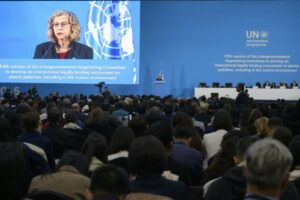Using CT scans to bring science closer to the public

Various designs produced by 3D printers, at The Design Museum, London. — Image by © Tim Sandle
A University of Arizona Health Sciences professor has used a CT network to promote public access to open science.
Reading about science can help the public to engage with the latest discoveries, but can technology offer more? What if you could go online, download a digital model and 3D print an exact replica of that fossil within minutes of reading the news?
This is the goal of the Non-Clinical Tomography Users Research Network, or NoCTURN, which is an international group of researchers spearheaded by the University of Arizona Health Sciences, the American Museum of Natural History, the University of Florida and the University of Texas.
The group want to open the doors of science and let everyone in.
Commenting on the work, Paul Gignac, from the NoCTURN leadership team, says: “There are a lot of datasets available in various research repositories, but there are easily hundreds of thousand more on the hard drives and servers of all of the people who are funded by federal governments to do computed tomography research around the world, so only a small fraction are available to the public.”
Gignac adds: “We’d like to see that availability expand tenfold as it becomes more commonplace and expected that researchers and imaging facilities share these data in public repositories.”
Computed tomography, commonly referred to as CT scanning in the medical field, has transformed science across many disciplines by allowing for the non-destructive 3D imaging of complex, opaque objects.
“There are dozens of manufacturers of high-resolution CT scanners, but few standards between them,” Gignac continues. “When I explain how I did a scan to one of my colleagues, we might not even be using the same language because the terminology for the same parameters isn’t identical. I can send my colleague some files, but he or she may not be able to open them with their software because some file types are proprietary. Through NoCTURN, we are trying to smooth out those kinds of interoperability issues.”
“Open science and FAIR principles – findable, accessible, interoperable and reusable – should be the bedrock for science in the 21st century,” Gignac clarifies.
In outlining the vision, Gignac states: “Our goal is to develop practical recommendations that link today’s tomography data with tomorrow’s tomography discoveries. NoCTURN can be a template for other organizations on how to utilize the power of large networks to motivate communities to develop open science policies and practices.”
The development of NoCTURN was detailed in a recent paper by Gignac and colleagues, “The role of networks to overcome large-scale challenges in tomography: The non-clinical tomography users research network,” published in the journal Tomography of Materials and Structures.
Using CT scans to bring science closer to the public
#scans #bring #science #closer #public





